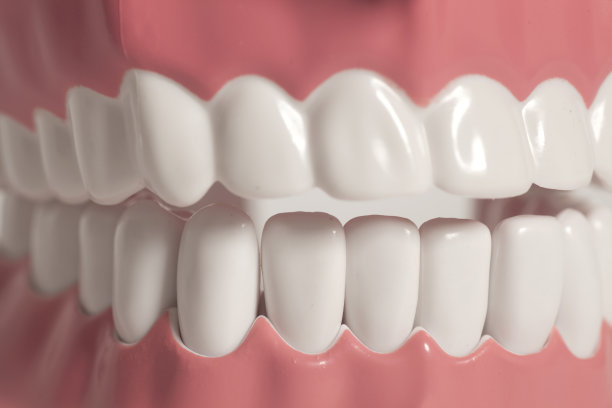Understanding Periodontal Disease Prevention and Treatment Strategies for a Healthier Smile and Improved Overall Wellness
Summary: Periodontal disease, often overlooked, significantly impacts oral health and overall wellness. Understanding its prevention and treatment strategies is essential for maintaining a healthier smile. In this article, we will delve into the importance of regular dental check-ups, effective oral hygiene practices, lifestyle modifications that can reduce risks, and innovative treatment options available today. By focusing on these four key areas, individuals can take proactive steps toward preventing periodontal disease and ensuring long-lasting dental health, which contributes positively to their overall well-being.
1. Importance of Regular Dental Check-Ups

Regular dental check-ups are the cornerstone of periodontal disease prevention. These appointments allow dental professionals to monitor gum health, provide professional cleanings, and identify early signs of disease. Early detection is crucial, as periodontal disease can progress rapidly and lead to severe consequences if neglected.
During check-ups, dentists can also educate patients about proper oral care techniques tailored to their individual needs. This personalized approach ensures that patients are well-informed about the best practices for maintaining their gum health. Patients are often encouraged to attend dental visits at least twice a year to keep periodontal issues at bay.
Moreover, consistent interaction with dental professionals fosters a supportive environment for patients. This relationship encourages individuals to seek help promptly, ask questions, and express concerns about their oral health, contributing to better overall outcomes.
2. Effective Oral Hygiene Practices
Effective oral hygiene practices are essential for preventing periodontal disease. Daily brushing and flossing can significantly reduce plaque accumulation, which is a primary cause of gum disease. Dentists generally recommend brushing teeth at least twice a day with fluoride toothpaste and flossing daily to remove food particles and plaque from between the teeth.
Using mouthwash can also enhance oral hygiene routines, providing additional antibacterial protection and promoting fresher breath. However, it should be considered as a supplementary method rather than a replacement for brushing and flossing.
Additionally, using proper techniques while brushing and flossing cannot be overstated. Patients should be trained on how to brush in gentle circular motions and to floss correctly, ensuring they reach all areas of their mouth. Utilizing soft-bristled toothbrushes can also prevent gum irritation, promoting better gum health.
3. Lifestyle Modifications for Risk Reduction
Lifestyle modifications play a vital role in reducing the risks associated with periodontal disease. Smoking, for instance, is a significant risk factor, impairing blood flow to the gums and hindering healing. Quitting smoking can not only improve gum health but also contribute to overall health improvements.
Additionally, a balanced diet rich in vitamins and minerals supports gum health. Consuming leafy greens, citrus fruits, and dairy products can strengthen the immune system, helping the body fight off infections, including gum disease.
Regular exercise is also beneficial. Physical activity increases blood circulation, which is essential for gum tissue health. Maintaining a healthy weight can also lower the risk of developing chronic diseases that may affect periodontal health, such as diabetes.
4. Innovative Treatment Options Available Today
In cases where periodontal disease has progressed, innovative treatment options are available to help restore gum health. Scaling and root planing is a deep cleaning procedure that removes plaque and tartar from below the gum line, allowing the gums to heal.
For more severe cases, surgical options may be necessary. Gum grafts and flap surgery can help restore bone and gum tissues that have receded due to disease. Advances in technology have also led to the development of laser therapy, which provides a less invasive option for treating gum disease.
Furthermore, maintenance therapies following initial treatments are crucial. Regular follow-up appointments help monitor the effectiveness of the treatments and allow for adjustments to care plans as needed. This ongoing care is essential to prevent recurrence and promote long-term oral health.
Summary:
Understanding periodontal disease and effective prevention and treatment strategies is crucial for achieving a healthier smile and enhancing overall wellness. By prioritizing regular dental visits, practicing good oral hygiene, making positive lifestyle changes, and exploring innovative treatment options, individuals can take significant steps toward maintaining optimal gum health.
This article is compiled by Vickong Dental and the content is for reference only.


